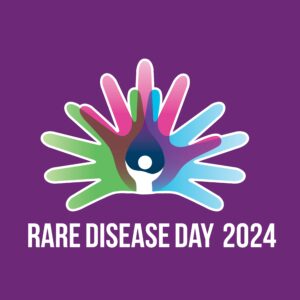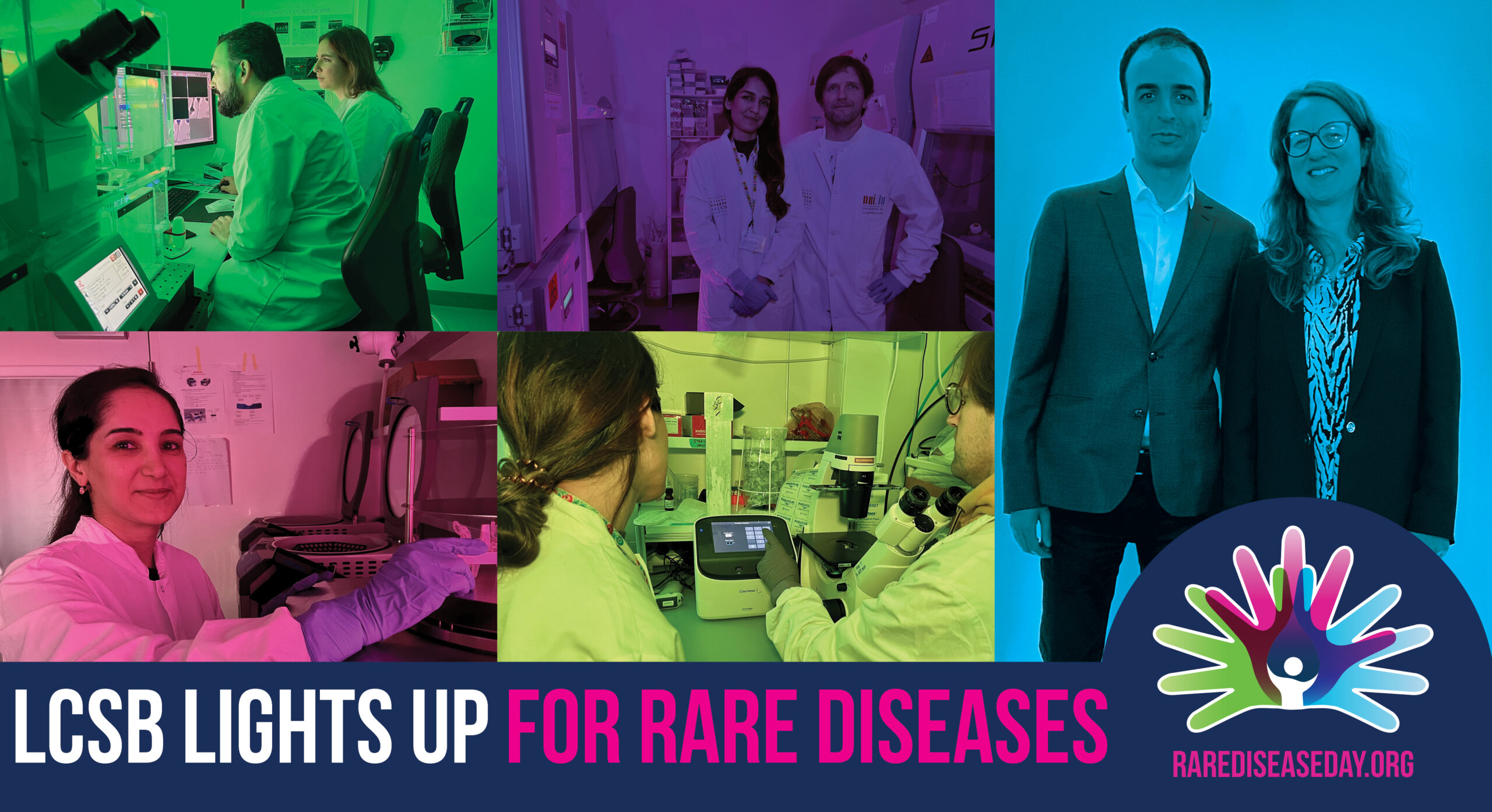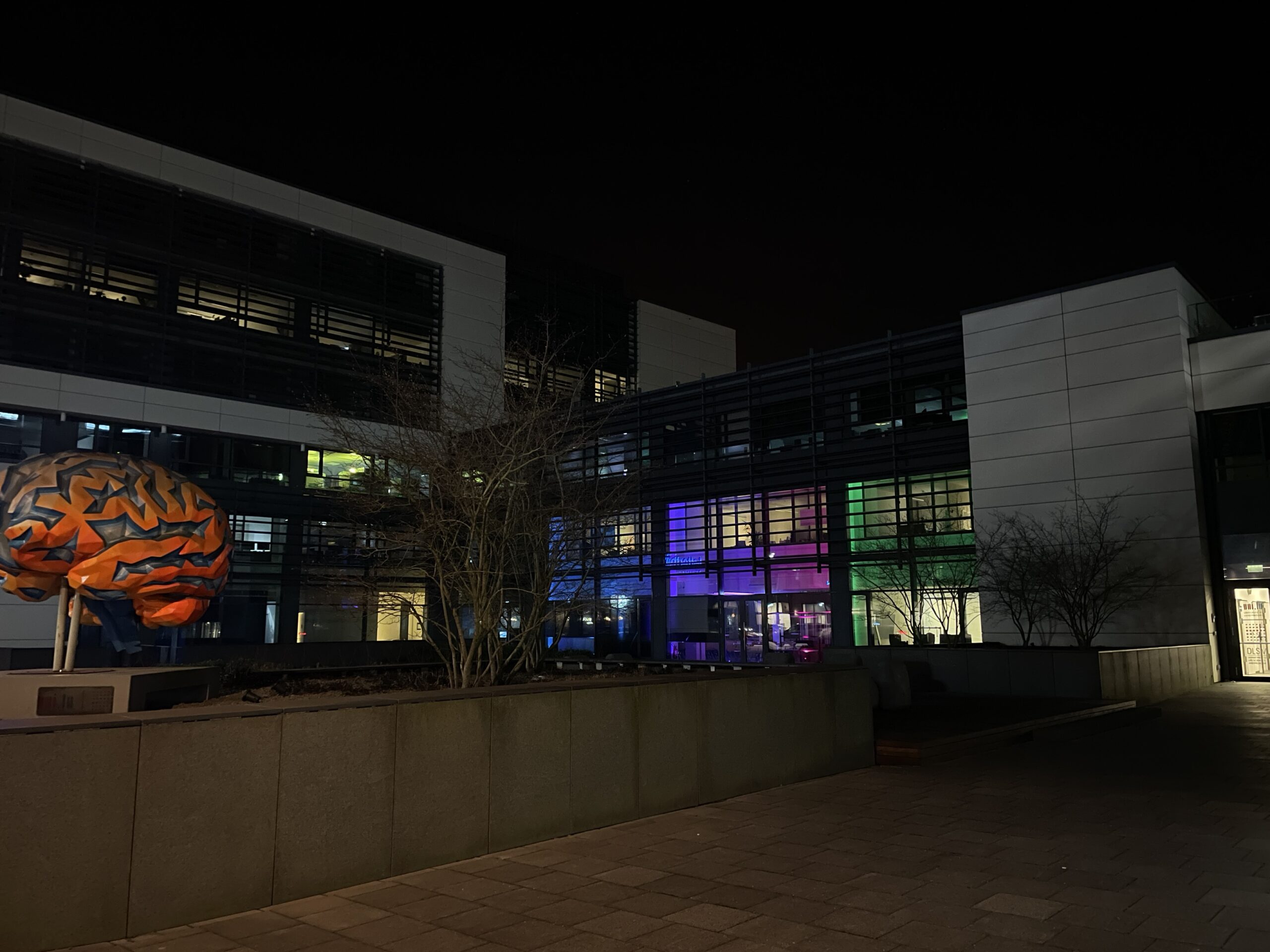Currently, more than 6,000 human diseases are classified as rare, affecting less than one in 2,000 people. Together, more than 300 million people worldwide and 30,000 in Luxembourg alone live with one of these diseases. Due to the rarity of each of them, diagnosis is often long and difficult, taking from several months to sometimes years, with treatments available for just over 6% of cases.
International collaborations to share expertise
In recent years, the LCSB has ventured into rare disease research. This effort has been spearheaded by the Enzymology and Metabolism group, led by Prof. Carole Linster. “At heart, we are a biochemistry group working on discovering novel enzyme activities. Through international collaborations, we realised that our expertise could be relevant to help identify new rare diseases and understand the molecular mechanisms involved. The team is now advancing rare disease research by developing disease models and using the LCSB state-of-the-art screening infrastructure to search for potential treatments”, she says when asked how her team got involved in rare disease research.
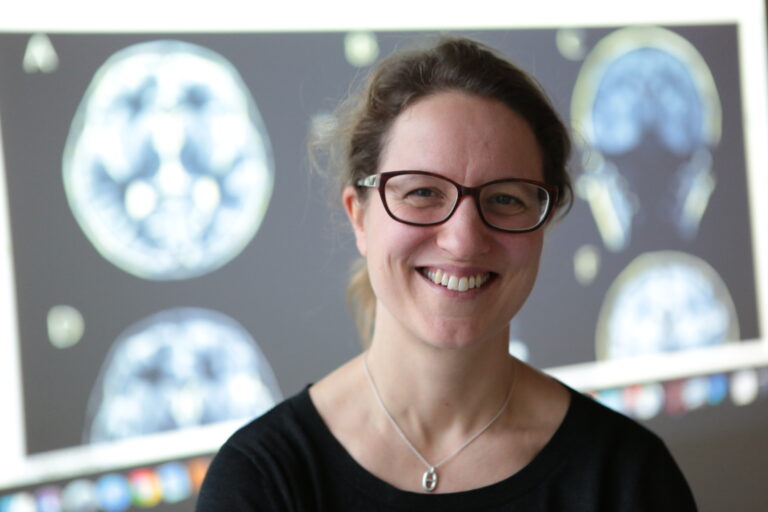
As with all its research projects, the LCSB takes a multidisciplinary approach to rare diseases, both internally and through external collaborations. An example, at the beginning of 2024, Professor Adbellah Tebani from the University of Rouen started an 8-week research stay at the LCSB. While exchanging with the Enzymology and Metabolism group, he will share insights and expertise with researchers, medical professionals and diagnostic specialists in Luxembourg. Along the LCSB scientists, he will also foster links with affected families and patient associations in an effort to raise public awareness.
Identifying and tackling major hurdles
During a recent event organised at the LCSB by ALAN, the Luxembourg Association for Rare Diseases, Prof. Tebani highlighted the diagnostic odyssey faced by rare disease patients and the obstacles hindering the development of treatments. He presented potential solutions, from developing new disease models to drug repurposing, many of which are being actively pursued at the LCSB.
A major challenge in rare disease research is obtaining patient samples due to the small number of cases. Therefore, cellular and animal models that reconstitute the disease are important to advance our understanding of disease mechanisms. In this regard, researchers at the LCSB have recently developed a novel zebrafish model of Batten disease, a rare lysosomal storage disorder common in children. This model, generated using CRISPR-Cas9 technology, promises deeper insights into disease mechanisms and potential therapeutic avenues.
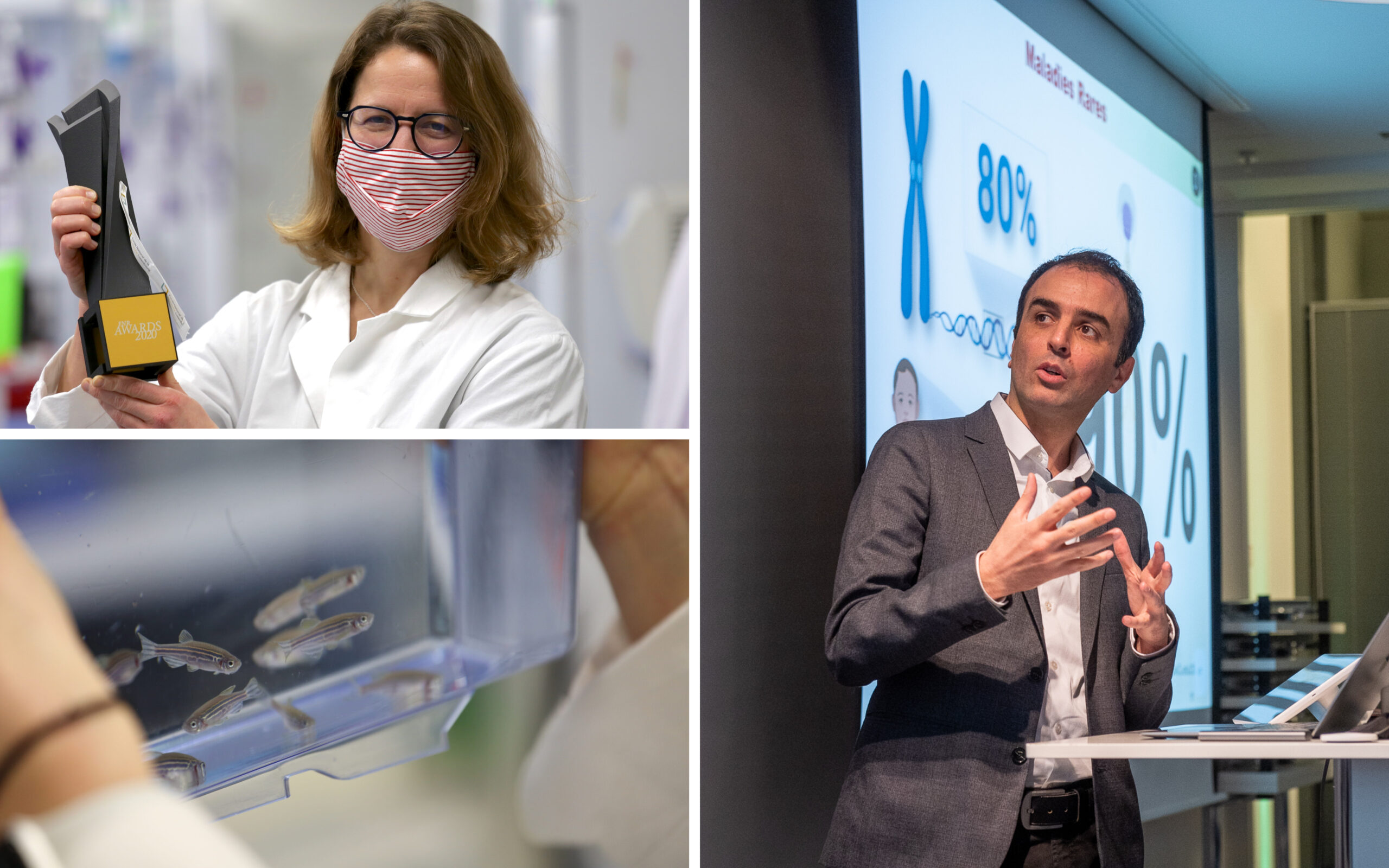
Another obstacle highlighted by Prof. Tebani is the limited incentive for the pharmaceutical industry to develop treatments for rare diseases. “Even if they wanted to invest in the development of a rare disease treatment with a very small market, the current procedures for clinical testing of new drugs require hundreds or thousands of patients to go through the regulatory process. This is simply not possible for some rare diseases that have fewer than 50 patients worldwide”.
This is where drug repurposing comes into play. Exploring if existing drugs, that are already approved and on the market, could be used as treatments for some rare diseases solve many of these hurdles. In a study, for which Prof. Linster received the FNR Award for Outstanding Scientific Achievement, the identification of the NAXD enzyme and its involvement in a metabolite repair disorder, led to potential treatment options using vitamin B3. Through such repurposing of existing therapies for new indications many of the regulatory and economic barriers can be overcome.
Let’s raise awareness and light up for rare!
During his presentation, Prof. Tebani also highlighted that everyone can contribute to making a difference for people living with rare diseases, by staying informed, promoting inclusiveness and lobbying for crucial changes. “This is why it is so important that researchers and medical professionals work together and exchange with associations such as ALAN to raise awareness of rare diseases and make the stakeholders aware of the different obstacles and solutions.”
In this spirit and in solidarity with the rare disease community, the LCSB is actively participating in the Rare Disease Day 2024 by joining the #lightupforrare campaign. On our LinkedIn channel, colourful pictures showcase researchers involved in rare disease research, while the LCSB building is illuminated in the different colours representing the many rare diseases.
See the full list of illuminated buildings!
——
Credits:
Rare Disease Day Logo: ©Eurordis – www.rarediseaseday.org
Article images 1, 2, 3: ©University of Luxembourg/ScienceRELATIONS
Article image 4: ©ALAN/Herni Goergen
Carousel images: ©University of Luxembourg
